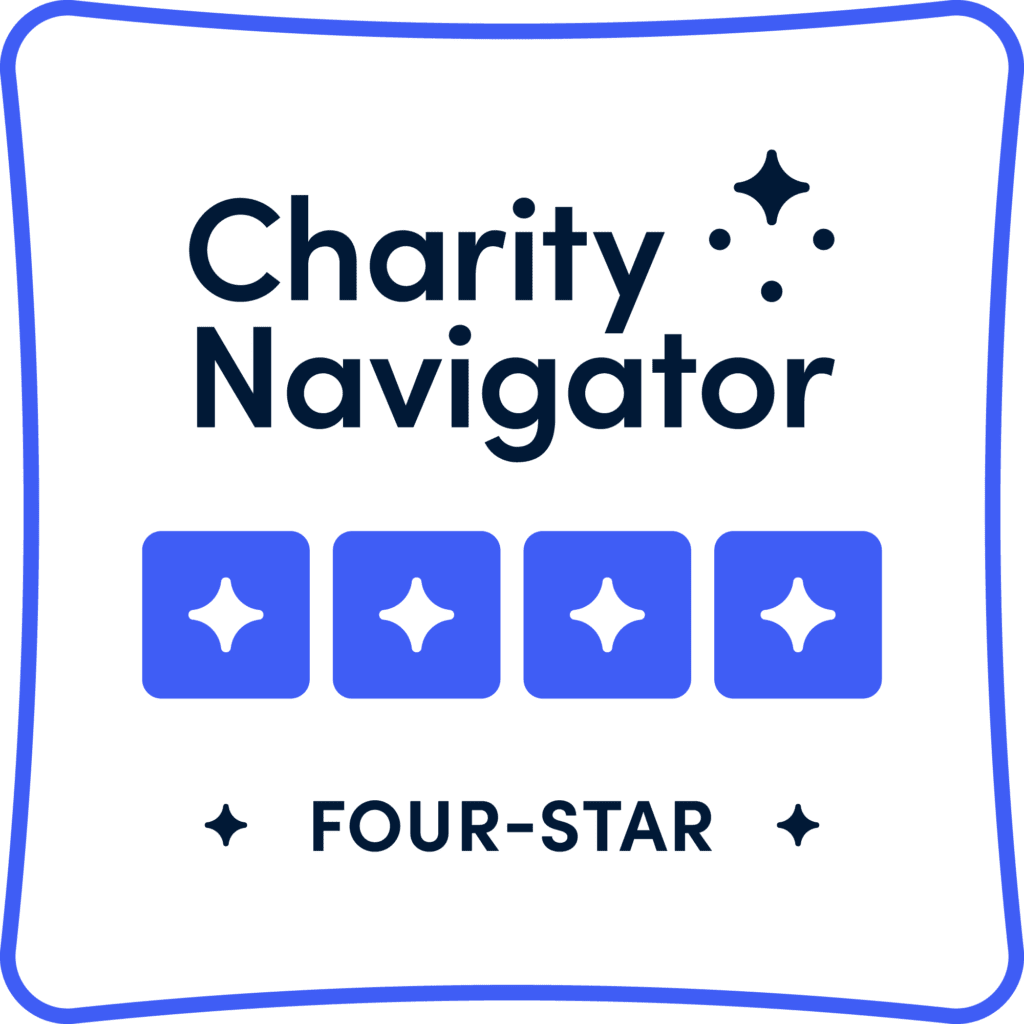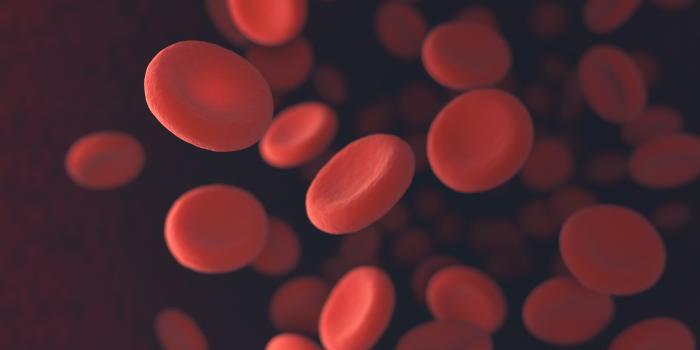 Anemia
Anemia
Anemia is a common complication in severe forms of EB. Learn about the diagnosis and management of anemia in the EB population as outlined in these Clinical Practice Guidelines.
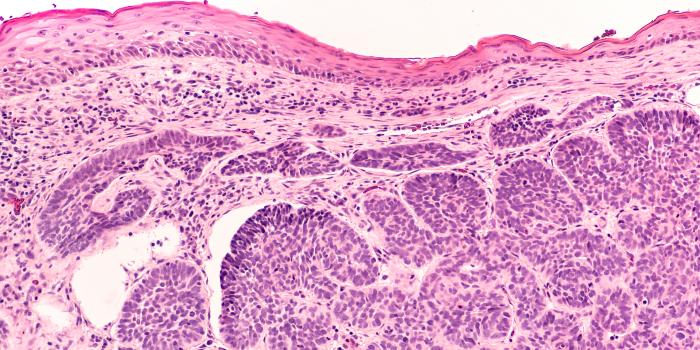 Cancer
Cancer
The most frequent cancer that affects those with EB is called Squamous Cell Carcinoma (SCC) and can grow and spread quickly. Learn about the diagnosis and management of SCC in the EB population as outlined in these Clinical Practice Guidelines.
 Constipation
Constipation
Learn about preventative nutritional care for the management of constipation in children and adults with Epidermolysis Bullosa (EB).
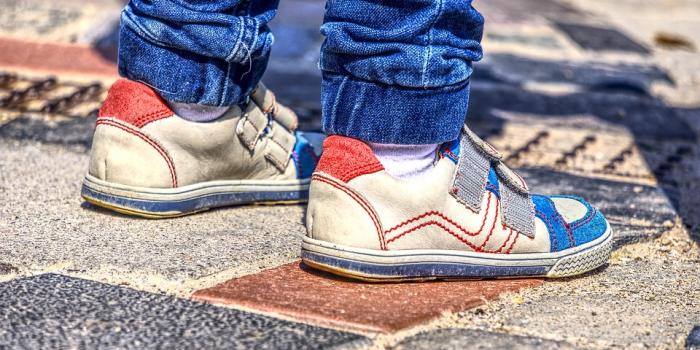 Daily Living
Daily Living
Our Recommendations for Daily Living address a variety of topics, such as adaptive equipment, shoe suggestions, scooter options, and more.
Learn More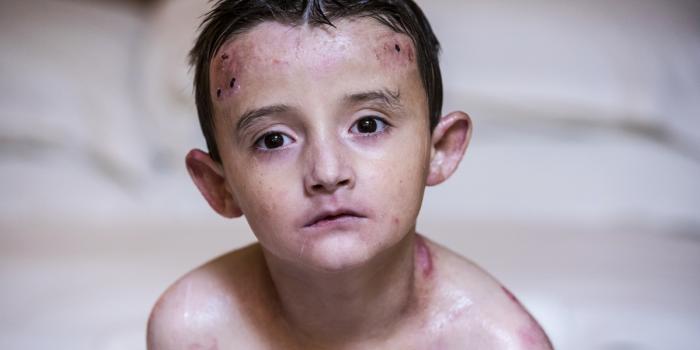 Eye Care
Eye Care
The eyes are an area that are prone to having issues for people with EB. Pediatric Ophthalmologist, Vicki M. Chen, MD, offers strategies on how to prevent blistering, scarring, and vision loss.
Learn More Foot Care
Foot Care
Skin affected by EB is prone to blistering and scarring in areas exposed to repeated pressure or friction, like the feet. Learn about foot care in EB to help limit blister formation, pain and discomfort.
Learn More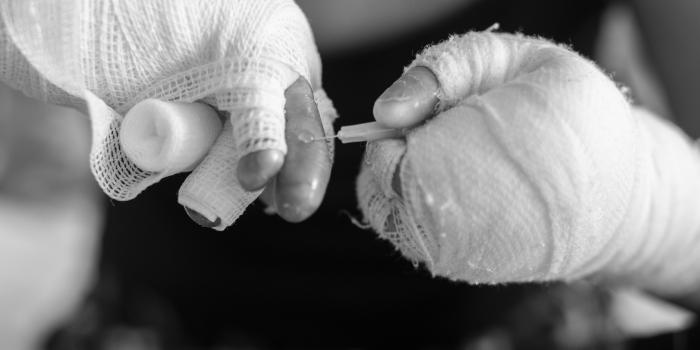 Hand Surgery & Therapy
Hand Surgery & Therapy
EB causes blistering and scarring of the hands resulting in contractures fused web spaces and altered function. Surgery is needed to release contractures and web spaces and hand therapy is essential to maintain results. Learn about these two approaches in these Clinical Practice Guidelines.
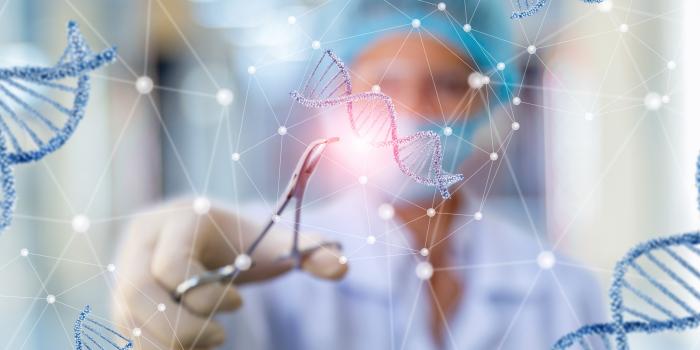 Laboratory Diagnosis
Laboratory Diagnosis
It is important for those with EB to get an accurate diagnosis to help determine the type and subtype of EB.
Learn More Nutrition
Nutrition
For those with EB, proper nutrition is vital for adequate growth and development, wound healing, immune system function, and more. Caitlin Cacioppo, MS, RDN, CDE, a Clinical Dietitian at Children’s Hospital of Colorado, offers strategies for managing nutrition in children and adults with EB.
Learn More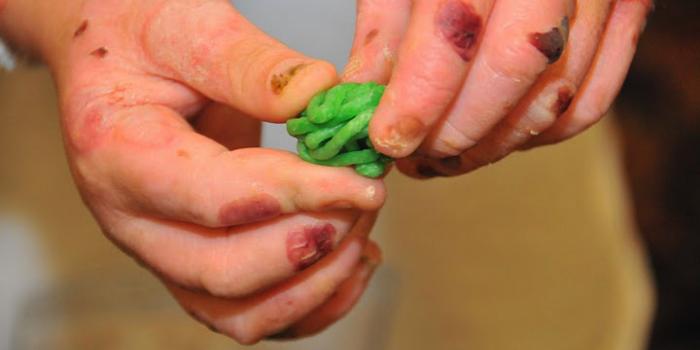 Occupational & Physical Therapy
Occupational & Physical Therapy
Occupational and Physical Therapy can assist you or your loved one when there are concerns regarding motion, strength, or loss of function. We provide information on the differences between the two practices and the support they offer.
Learn More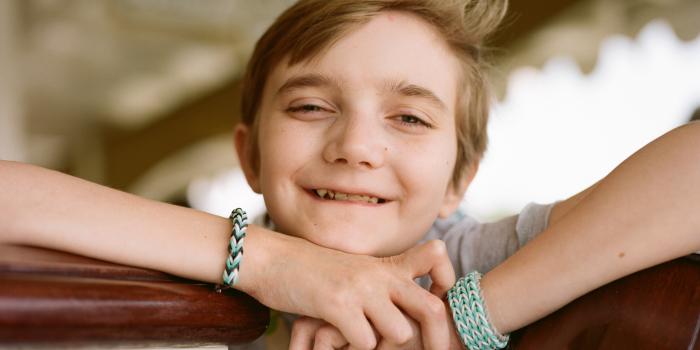 Oral Health Care
Oral Health Care
Dental problems can occur with different frequencies and different degrees of severity in many forms of EB. debra of America has compiled a list of helpful resources on this subject for both the EB patient and oral health care providers.
Learn More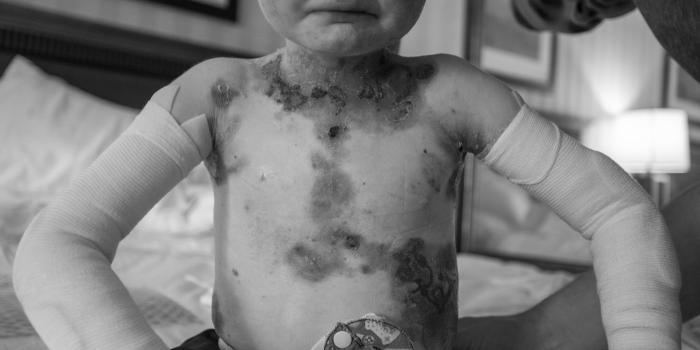 Pain Care
Pain Care
Pain and itching are burdensome daily problems for people living with Epidermolysis Bullosa (EB). Learn about pain care in EB for all subtypes and ages in these Clinical Practice Guidelines.
 Palliative Care
Palliative Care
This consensus guideline on palliative and end-of-life care offers evidence-based, best care guidelines to prevent or ease suffering while improving comfort at all stages of Epidermolysis Bullosa.
Learn More Pregnancy, Childbirth, and Aftercare
Pregnancy, Childbirth, and Aftercare
These Clinical Practice Guidelines aim to improve the effectiveness and quality of pregnancy and childbirth are for women of reproductive age with EB.
 Psychosocial Care
Psychosocial Care
Psychosocial support encompasses psychological, social, emotional, and spiritual wellbeing.
Learn More Supporting Sexuality
Supporting Sexuality
EB does not inhibit an individual’s ability to participate in sexual activities. Read recommendations to help support sexual participation of those living with EB in these Clinical Practice Guidelines.
 EB Care FAQ
EB Care FAQ
Read Commonly Asked Questions about EB care received by our EB Nurse Educator. Topics include braces, tattoos, breastfeeding, and more.
Learn More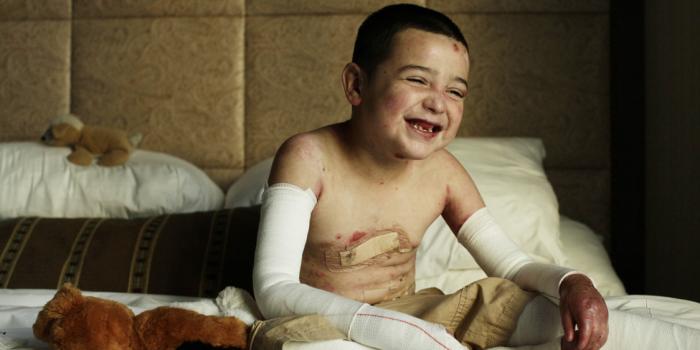 En Español
En Español
Beinvenidos a debra of America. Aquí encontrará recursos para ayudarlo a usted o su hijo.
Learn More


